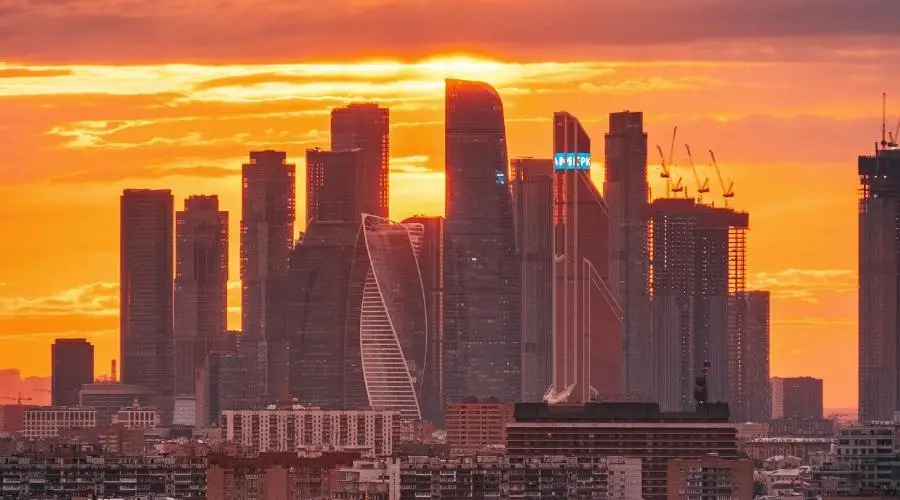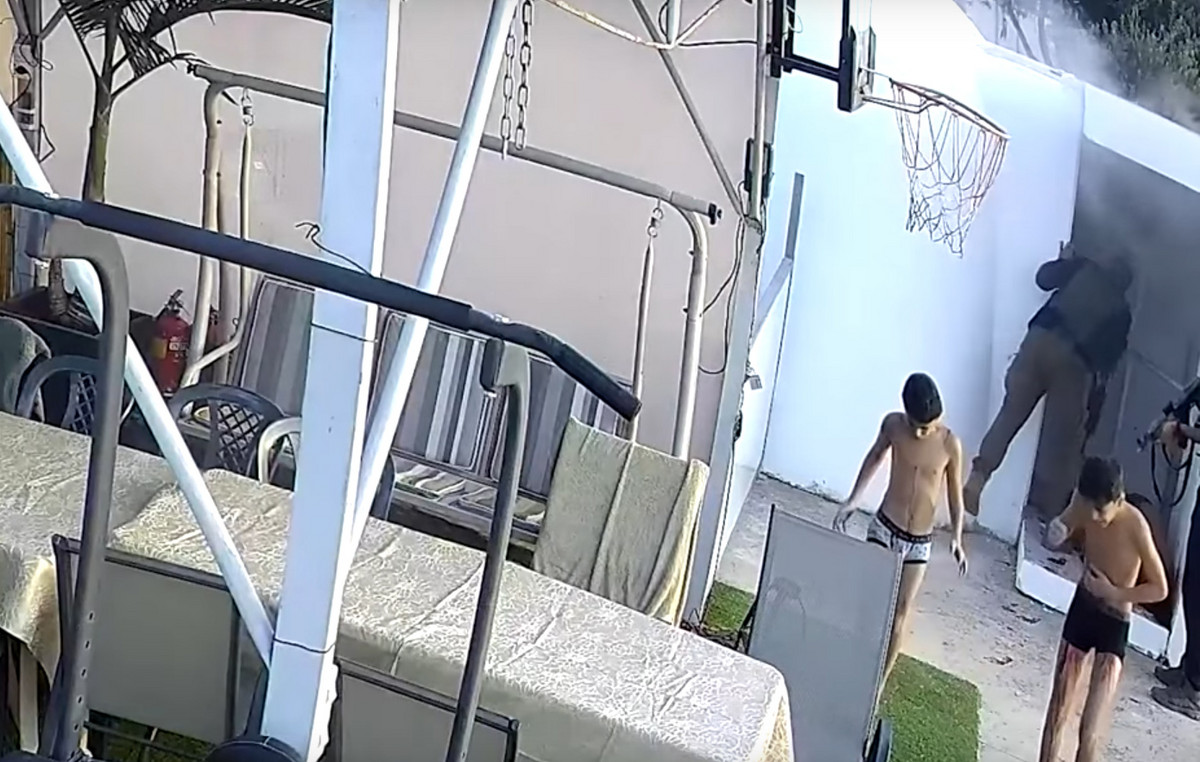The Rio Negro, in Amazonas, is less than two meters away from its historic low. This morning, according to measurements taken by the Port of Manaus, the river level was 14.30, just one meter and sixty centimeters less than the lowest level ever recorded, 12.70, in October 2023.
In September alone, the river has already “overflowed” 5.70 meters. At this rate, the negative mark should be broken between October 1st and 2nd. In 2023, the record was set on October 26th.
Drought changes the landscape
The drought that the Rio Negro, in Amazonas, is going through, changes the landscape and makes life difficult for the Amazonian population that depends on the river.
Images taken by the Manaus Turismo portal and provided to CNN show a stretch of the Rio Negro without water. The drought is even more evident when compared to the river’s flood period.
Below, a comparison of photos taken at the same point. On the left, on 06/20/2024, during the flood. On the right, on 09/19/2024, during the river’s low water period. Look:
The water crisis that Brazil is currently facing is unlikely to show significant improvements until the end of next year, according to Climate and Environment analyst Pedro Côrtes.
Côrtes stated: “I don’t believe the crisis will improve by the end of next year. At least it should persist, especially with the arrival of the La Niña event, which should occur now at the end of October.” According to the analyst, this climate condition could negatively affect reservoir levels until at least mid-2024.
Impact on the energy system
The persistence of the water crisis raises questions about the capacity of the Brazilian energy system to meet demand, especially during peak hours. In this context, the discussion about the possible return of daylight saving time gains relevance as a measure to reduce energy consumption.
On the subject, Côrtes commented: “When we extend working hours, we gain this additional time, we use more natural lighting. So, when people get home, they don’t need to turn on the lights, or even offices don’t need to turn on the lights, so many lights because there is daylight.”
Although the expert acknowledges that the energy savings provided by daylight saving time are proportionally smaller than in the past, he emphasizes the importance of each small reduction in consumption: “Today we are counting the pennies, and every penny matters.”
The possibility of implementing daylight saving time is still under analysis by the government, which is considering several factors, including the impact on energy demand and projections for the water situation in the coming months. The final decision will depend on the evolution of the country’s energy and climate scenario.
This content was originally published in Rio Negro is less than two meters away from historic drought in Amazonas on the CNN Brasil website.
Source: CNN Brasil
I’m James Harper, a highly experienced and accomplished news writer for World Stock Market. I have been writing in the Politics section of the website for over five years, providing readers with up-to-date and insightful information about current events in politics. My work is widely read and respected by many industry professionals as well as laymen.







